Making the Change: VACEOs Share Unique Rebranding Experiences
You’ve worked really hard to build your business, but how confident are you in your brand’s image in the marketplace? It’s in our DNA as CEOs to question, worry and wonder – and that can sometimes lead us down a path of an identity change for our business.
If you find yourself in that space, listen up. We caught up with three VACEOs members – all possessing a unique perspective on the issue.
- Greg Samuels’ company Solvaria just made its rebrand official, and he currently finds himself in the honeymoon phase: The hard work of the rebrand is done, and now it’s time to keep up the momentum and plan for the future.
- Duane Slyder of Seasonal Roots is leveraging his company’s new brand and operating model to expand into new markets, and gain the competitive advantage.
- Meril Gerstenmaier, of HG Engineering and Design, and her business partner recently decided to step back from what could have been the ultimate identity change – a merger.
Greg Samuels joined B2B Solutions in 2011. Two years later, he grew the database services side and added the division of fractional CIOs to the company. He became sole owner of the company in 2013.
Fast-forward to 2015: Samuels finds his business has a distinct appeal, and his director of marketing is pushing for a rebrand. “Over the years, we’ve dialed in to what we do, and that falls into two major buckets: database services and strategic technology leadership,” says Samuels.
Once they had a clear picture of their niche in the IT community, it was time to find a marketing partner that truly understood marketing services. Jennifer Evans, B2B’s director of marketing, vetted several candidates, and Rocket Pop Media made the final cut. After several focus groups and a lot of soul searching, the name Solvaria was chosen for the firm’s new brand.
“The name sounds like a place, and we’re building a culture around being ‘Solvarians,’” explains Samuels. “The root of the word ‘Solv’ gives a nod to the ‘Solutions’ piece of our former name, because at our core, we’re still a solutions-driven company. But we wanted a modern take on the name, and we love that our logo incorporates ‘VA’ in the name as well.”
Samuels gives full credit to Evans for making the recent transition a success. “Jennifer was a key player in this endeavor,” he says. “Nobody knows your business like you know it. You need people from the inside pitching in – people who know how to articulate what you do in different ways.”
Duane Slyder founded The Farm Table in September 2010. Back then, the company was a food delivery service limited in scope. Now, by supporting nearly 50 local family farms and artisans, they’re offering an online farmers market to nearly 3,000 customers across Virginia. “Our original name was too generic, and we needed a brand that resonated with our Members,” Slyder says. “ We asked them to vote on potential new names, and Seasonal Roots was the winner.”
The company’s rebrand was timed perfectly with the introduction of an improved business model focused on the customer experience.
“When we first started, we only offered static boxes of local produce,” says Slyder. “Now we are customizable, creating your online farmers market. Customers can pick the size of the basket they want, and what they want in it.”
Like Samuels, Slyder made the transition with help from an internal team of entrepreneurs. But unlike Solvaria, the staff at Seasonal Roots did a great deal of the initial rebranding legwork and decision-making themselves. “Being a startup, we didn’t have a lot of capital to hire a big marketing firm,” Slyder explains.
Slyder has now partnered with experts to help strategically as the company expands. A firm from California helped him zero in on a new name, Free Agents Marketing assisted him with branding and final visuals, and Lewis Media Partners is managing the media strategy.
HG Engineering and Design CEO Meril Gerstenmaier firmly believes that in order to be successful, you need to think outside the box. “I think in today’s economic environment, the worst thing that can happen to you is to keep doing the same thing forever,” she says. “I see a lot of people looking at options that 10 years ago they never would have considered. For us, that meant teaming up with different companies – including competitors – to win certain projects.” That line of thinking opened up a conversation with Raleigh-based engineering firm Stewart, Inc.
The opportunity seemed like a great way to quickly expand into engineering services, which, says Gerstenmaier, “we had every intention of doing, whether we merged or not. It felt like it would be better to tackle that market with a company that was already in that space. The opportunity arose, and we took it.”
Long story short, after 17 months, the merger didn’t work out, and Gerstenmaier found herself in the middle of an about-face. “We realized we were more comfortable with a smaller, folksier, niche-type position in the market, and that’s how our clients recognized us,” she explains. “It really made us understand how strong our brand was.”
Considering a merger?
“Think long and hard before you consider rebranding,” Gerstenmaier says. “Don’t feel rushed into anything.” She suggests having the courtship last at least a year. “Get to know each other, work on projects together. Get a sense of how the two businesses will complement each other and how it will or won’t work. Determine if the scale of their business and the processes they have in place will give you the lifestyle you envision after the merger.”
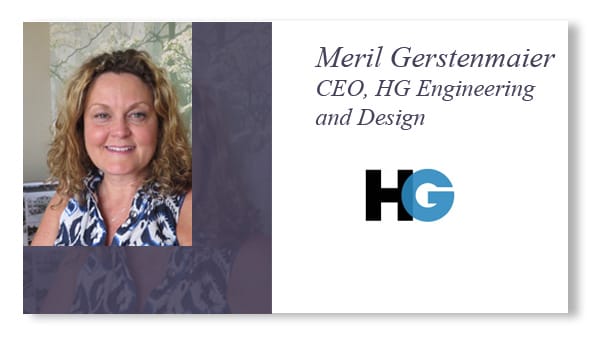
What do our other CEOs say? They all agree that if you do decide to rebrand, at some point you’ll need an external marketing resource to help you through the process. Go with a professional who has experience in rebranding.
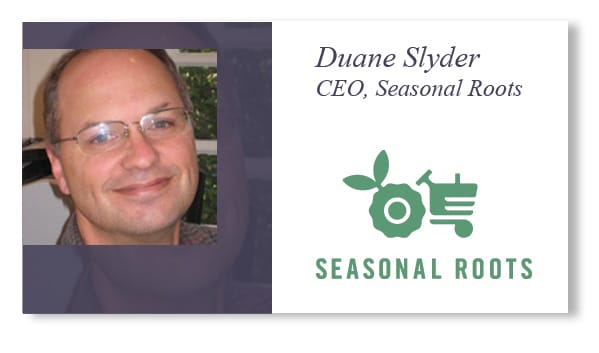 “I’m confident in how we managed the change, but it’s not a simple process,” says Slyder of Seasonal Roots. “It takes a lot of effort, and it can break you. We had to rebrand. If you don’t absolutely have to, I suggest you don’t. There’s too much at stake if your brand gets lost.”
“I’m confident in how we managed the change, but it’s not a simple process,” says Slyder of Seasonal Roots. “It takes a lot of effort, and it can break you. We had to rebrand. If you don’t absolutely have to, I suggest you don’t. There’s too much at stake if your brand gets lost.”
Samuels, only weeks off his official rebrand launch, has the most advice to offer. “Before you rebrand, ask yourself why. Why do you want to do this? It’s so much more than a name change. Think about your goals. Understand and define them. Be very clear about why you’re doing it. One VACEOs speaker gave advice about creating a very specific, long-term vision and how important it is to take the time to do that. Having that clear image will help you.”
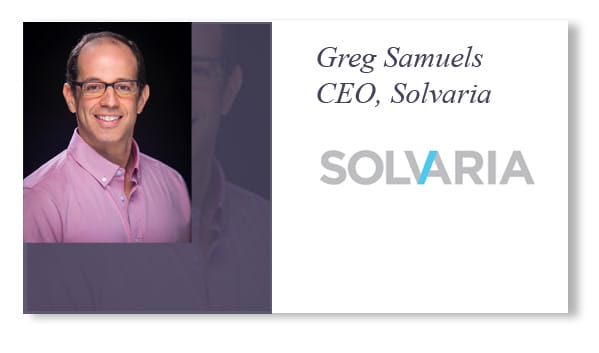 “Make sure you do a good job of communicating internally about what’s going on and what your vision is, and understand that there will be a ton of decisions that are involved in the process,” Samuels adds. “It’s big-picture stuff and tedious things – like letterhead, contracts, email signatures and shirts.”
“Make sure you do a good job of communicating internally about what’s going on and what your vision is, and understand that there will be a ton of decisions that are involved in the process,” Samuels adds. “It’s big-picture stuff and tedious things – like letterhead, contracts, email signatures and shirts.”
What’s life like today for these CEOs?
Our rebranding veteran, Duane Slyder of Seasonal Roots, says all of the items with the company’s old name have been replaced, and his business is finally beginning to grow again –although he still wrestles with brand confusion and market share. “We’ll probably speak in terms of, ‘Seasonal Roots, formerly known as…’ for awhile,” he says.
Greg Samuels, our newest identity changer, is (understandably) ecstatic. His website has been revamped, his systems have been updated, and he’s gotten some great press. “People recognize us as senior leaders in our two verticals, and we’re on a path toward growth,” he says. “We don’t want to be Richmond’s best kept secret.”
Of the three CEOs we spoke with, HG Engineering and Design CEO Meril Gerstenmaier might be in the best place of all. “I’m wiser, and I’m more confident in our ability to run and grow the business,” she says. Her business hasn’t lost a beat; in fact, it’s booming. She’s hired two in-house civil engineers and hopes to add more employees soon. Still attached to thinking outside the box, she’s considering new ideas for her business, including a succession plan that doesn’t involve an outside entity.
What Virginia CEOs are Reading This Summer
The members within the Virginia Council of CEOs hunger for knowledge. We thirst for relevant facts, crave tangible tactics, and relish a great story. Many of us are devoted readers — seeking out business books to enjoy like a good Session IPA. Here’s a list of what some of our members are reading now. What books will you consume this summer?
Tribe by Sebastian Junger
“I’ve read all of Junger’s books, including The Perfect Storm. This one is about how humans are wired to live and work in groups, and how our modern society isolates us.” – Scot McRoberts, Executive Director , Virginia Council of CEOs
What critics say: ”Junger has raised one of the most provocative ideas of this campaign season — and accidentally written one of its most intriguing political books.” – The New York Times
Deep Work by Cal Newport
“I have just started this book, but felt the need to improve and hone my focus skills. As our days becomes more hectic and the pace of distractions increase, focus become more challenging. I am expecting this book to help with that challenge.” – Mark Creery Sr., President, Data Directions
What critics say: “As a presence on the page, Newport is exceptional in the realm of self-help authors.” — New York Times Book Review
The Challenger Sale by Matthew Dixon
“This is a great book about B2B selling because it’s backed by extensive research, and it applies a new perspective on how to achieve a competitive advantage in the B2B selling space. I work with several companies in the B2B space, and this book has given me some meaningful principles and practices to grow their sales performance.” – Neal Lappe, Founder & CEO, WebStrategies Inc., author, The Forensics of B2B Selling: A Field Guide to Selling Success in the B2B Space
What critics say: “I believe that this is one of the most important books on sales in the last two decades.” – Anthony Iannarino, international speaker, author, sales leader.
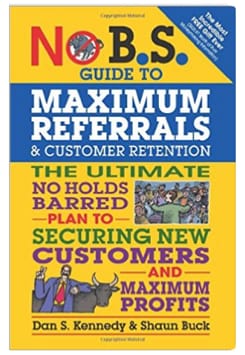
No. B.S. Guide to Maximum Referrals by Dan Kennedy
“I’m currently reading Dan Kennedy’s book No B.S. Guide to Maximum Referrals and Customer Retention: The Ultimate No Holds Barred Plan to Securing New Customers and Maximum Profits. I recommend it to all business leaders or marketing professionals.” – Randy Sklar , CEO, Sklar Technology Partners
What critics say: “For the experienced and new business owner alike.” “Helpful read for the product and/or services provider.” “A Book With a High ROI.” – Amazon reviewers
Avoiding the Bermuda Triangle with Entrepreneur Avrum Elmakis
It was like a casual chat with a friend. CEO to CEO. Only he happens to run a $40 million company that in all likelihood will double its size in the next several years.
The Virginia Council of CEOs is all about quality knowledge sharing, and we weren’t disappointed as Avrum Elmakis took the stage during our recent Quarterly Luncheon.
Avrum Elmakis, CEO of TDBBS, LLC, is a self-proclaimed “business addict,” award-winning entrepreneur, strategic investor, innovator and trusted business consultant.
“Every person I meet wants to be an entrepreneur, “ said Elmakis to the large group. “We all know what it takes to do that. It takes a lot of passion and drive and risk – all those things that define who we are as entrepreneurs. That’s our first move into risk-taking. Then we become comfortable and we want to keep what we have. We become content.”
Elmakis’ advice is to join him in the world of the discontented.
Avoiding the Bermuda Triangle
Elmakis likens business contentment to the Bermuda Triangle – a place where business owners get comfortable generating a certain kind of volume and revenue. We get wrapped up in staying lean and small, and we don’t make the kinds of investments required to become a more formal organization. We hover instead of pivoting to the next revenue tier. We don’t allow our employees to take on responsibility. Our decision-making ability is paralyzed.
Sound familiar?
So how did Best Bully Sticks avoid the Triangle? “For me, an important moment was when I recognized early on the powerful concept of surrounding yourself with real quality people who are way more advanced than what you need. I started doing that in 2013, and it allowed us to fuel our growth early and break through. It’s very easy to fall into the trap of ‘I could hire this person, but the cost is too great for me.’”
A few other things we learned from Elmakis:
• A peer network is critical for an entrepreneur.
• The timing is never right. Don’t wait. Stretch yourself.
• Remember to check your company’s horizon often. Are you honoring your original intention?
• Always be able to separate emotional attachment to your business from good decision-making.
• The attraction to the excitement of a young company, the building of a team, the passion of an entrepreneur – these are things that should not be taken lightly when recruiting top talent.
What’s On Our Minds? Stinky Culture.
“If you have a bum culture, you can almost smell it.”
THINK ABOUT IT. This sentiment, expressed by Tom Laughon, co-founder of Catch Your Limit, sure rings true.
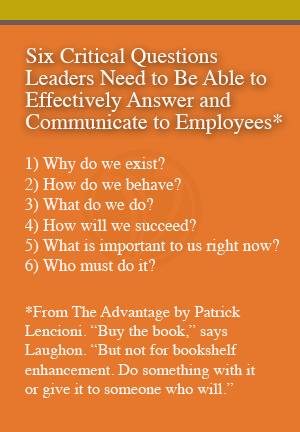 The good news, as we learned during his recent Knowledge Network presentation, is that it’s relatively easy to get rid of the stench. It begins with getting the right people on the bus and building a culture around trust.
The good news, as we learned during his recent Knowledge Network presentation, is that it’s relatively easy to get rid of the stench. It begins with getting the right people on the bus and building a culture around trust.
“The most strategic decisions a CEO should make are focused on people – checking who is on the bus and in the right seats, growing and retaining great talent and pruning all others. Where you’re going is for naught if you don’t have the right people to get you there.”
Sometimes it’s just plain nice to see a best practice in action, and that’s what Tom gave us. How do we connect with that passionate yet disparaged employee we saw on the video – the one who openly shared her concern for the business and wanted to do more to help it grow?
You have to be brave enough to hear what she has to say – all the good, the bad and the ugly about your business. You must simply listen and collectively think of ways to make a change. Then, “amazing conversations will result,“ Laughon promises us.
Remember: This is a “we” game. Listen. Get your employees involved. And witness a change.
* This “What’s On Our Minds” moment is from the VACEOs Knowledge Network Luncheon “The Company You Keep: Keys to Attracting, Growing & Retaining Talent,” presented by Tom Laughon, co-founder, Catch Your Limit Consulting.
3 Things Every CEO Needs
 A few weeks ago I had the pleasure of having lunch with Jonathan B. Smith, an entrepreneur, author and Certified EOS Implementer. We talked about the challenges faced by small business owners, and what to do when you hit the ceiling on growth.
A few weeks ago I had the pleasure of having lunch with Jonathan B. Smith, an entrepreneur, author and Certified EOS Implementer. We talked about the challenges faced by small business owners, and what to do when you hit the ceiling on growth.
You should read Jonathan’s great little book Optimize For Growth, but here’s the quick and dirty. He says that you need just three things to get unstuck and take your business to the next level.
1. A business operating system. EOS (Entrepreneurial Operating System) is a very good one. There are others. Without an operating system, everything revolves around the CEO, and/or in silos around the business. An operating system allows a business owner to build the strategy and infrastructure that is necessary to scale a business in a unified, repeatable, focused manner.
2. A peer advisory group. Jonathan was member of Entrepreneur’s Organization when he was a CEO. The VA Council of CEOs, which I lead, is similar to EO. Running a growing business is a lonely job. There are often issues that you cannot talk about with your employees, your banker or your spouse. A group of CEOs of similar sized businesses gives you a place to go with concerns about employees, growth plans and other things that keep you awake at night. Surrounded by peers you trust, you can learn faster, make better decisions and grow as a leader.
3. A business coach. All top performers have coaches, and you should too. You have got to have someone who holds you accountable for doing hard stuff, and for growing as a leader. The best coaches ask important questions at the right time, illuminate stuff that you would rather not address, and stretch your vision.
That’s it. Just three things. Now, get to work growing your business!
Scot McRoberts is Executive Director of the Virginia Council of CEOs. He also published this article on Linkedin.






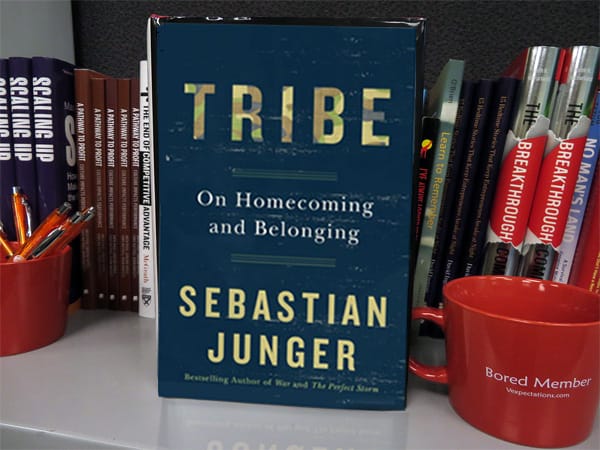
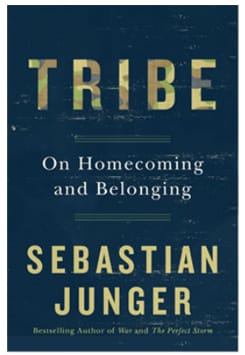
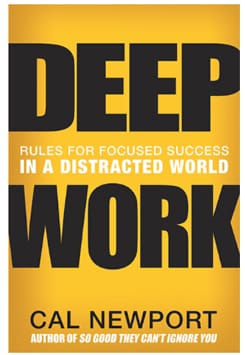

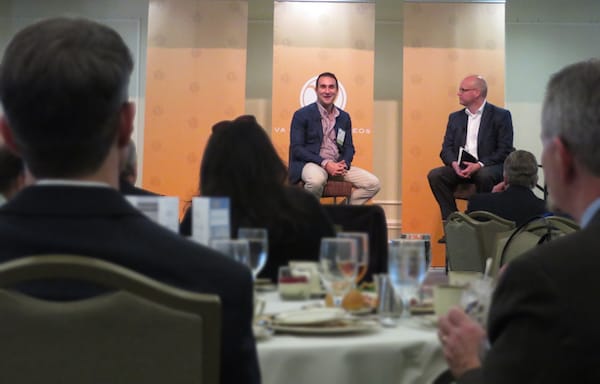
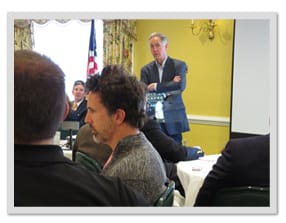
Recent Comments